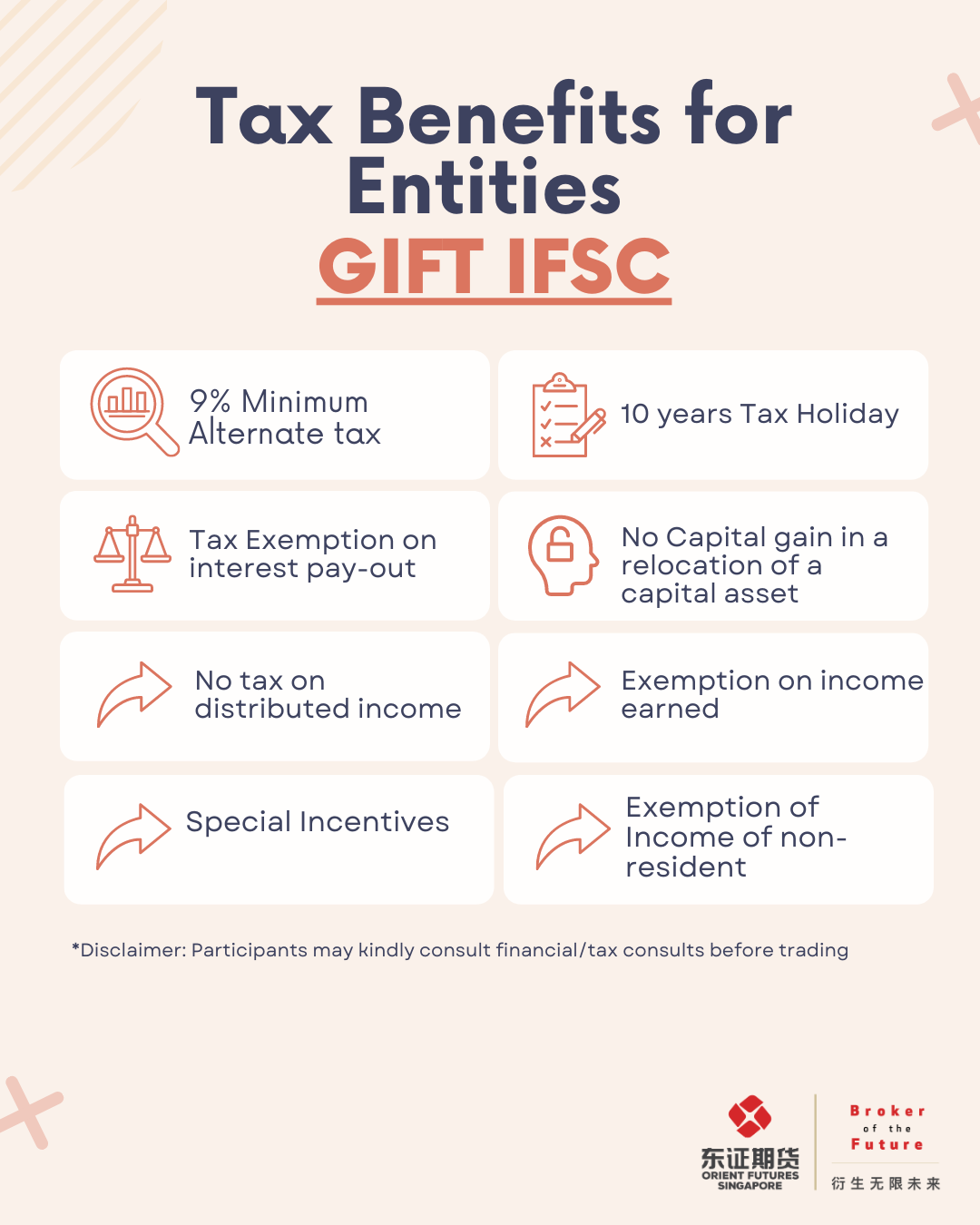The Nifty 50 is a popular Indian Stock market index that is traded by many in various forms. As the number suggests, it consists of 50 different companies from 12~13 sectors that reflect the Indian equity market. As one of the earliest products on the Indian exchange launched on 22 April 1996, it is one of the largest single financial products in the country and the most actively traded contract.
Built on the Nifty index is a suite of products such as the Nifty 50 index, Nifty Next 50 index, Nifty Auto, Nifty commodities, Nifty 50 Arbitrage and other forms of Nifty, each representing different sectors and themes.
Among these choices, this article will cover the Nifty 50 Index Futures, which can be traded via the Singapore Exchange (SGX).
About Nifty 50 Index and SGX Nifty
What Does Nifty Mean?
While nifty can mean good or skillful, the term Nifty or Nifty 50 in trade refers to the abbreviation and combination of two words, National Stock Exchange and fifty.
Nifty 50 Index and SGX Nifty
The Nifty 50 Index is a free float market capitalization-weighted index representing 62% of the stocks listed on the NSE. Based on Nifty, there are up to 17 broad market indices, 19 sectoral indices, 25 thematic indices, 29 strategy indices, and other forms of indices.
Based on the Indian Nifty, SGX launched a derivative, SGX Nifty, as well as the SGX 50 Index Futures contract in 2022. The SGX Nifty is helpful in predicting behaviour or fluctuations in the market as SG’s time zone opens later than its Indian counterpart. This is listed by several sites as a key advantage as it can affect early decision-making as well as if traders should implement a long position or a short position based on these price movements.
Additionally, the SGX Nifty is the price at which the Indian Nifty is traded on the Singapore Stock Exchange (SGX).
Nonetheless, the SGX Nifty and SGX Nifty 50 Index Futures Contracts are subjected to different rules and conditions in trade. Therefore, cross-border analysis or correlation between the two markets will still require a solid understanding of fundamentals and trend analysis.
Based on investing site ClearTax, SGX Nifty is also thought to be more volatile than NSE Nifty, and despite its offer of volatility, Indian residents are prohibited from trading in SGX Nifty contracts.
GIFT Connect
The SGX GIFT connect is a collaboration between the National Stock Exchange of India (NSE) and the Singapore Exchange (SGX). Intended to launch on 30th June 2023, the initiative will provide a single order book for NIFTY products at GIFT IFSC.
Value Proposition
Building on global regulatory frameworks and offerings, the collaboration plans to develop opportunities for global investors to set up business in banking, investments, insurance, and fund management entities. Moving into the international stage, it boasts a range of added benefits including co-location services, fractional shares under a regulatory framework, US stocks traded outside US jurisdiction in USD, while India’s retain investors will also be able to access global markets.
As of date, some of the marquee entities in the GIFT IFSC include Standard Chartered, J.P Morgan, Deutsche Bank, Barclays and Bank of America.
Apart from the range of trading opportunities, taxes are also competitive in comparison with global IFC’s. The following table are the benefits for entities as listed by the exchange.

Source: NSE International Exchange
SGX Nifty 50 Index Futures Contract
The SGX Nifty 50 lndex Futures Contracts has the following specifications:
The contract size for SGX Nifty 50 Index Futures Contract is USD 2 times the Nifty 50 Index and has a tick size of 0.5 index points (USD 1.00 per contract).
The last trading day of the contract month is the last Thursday of the month. (If this happens to fall on an Indian holiday, the last trading day shall be the preceding business day).
Contract months are for all months.
Trading Hours are from Monday to Friday, at these trading hours:
9:00 am – 6:10 am / 6:40 pm – 4:45 a.m (Singapore SGT)
Nifty 50 Index Future Contract Symbol: IN
How Long can I hold Nifty futures?
As with all futures contracts, nifty futures can be held until the expiry of the contract or otherwise detailed on the contract specifications. Traders often study the spread over the spot price of the contract to assess if it is the correct time to hold on to the futures.
Market News
On Jan 11, it was reported that the SGX Nifty is down 5 points, Economic Times reports that SGX Nifty signals a muted start with a trade of 3.5 points, or 0.02 percent, lower at 17,983.
Similarly, on MarketToday, a rather flat start was observed, it is reported that SGX Nifty quoted 5.5 points, or 0.03 percent, higher at 17,991.50, hinting at a flat start for the domestic market on Wednesday.
For the forecasts towards the next quarter of 2023, Nifty50stocks anticipates that it is expected to bounce back following the positive trend from the US and Europe on Monday. SGX Nifty closed at 150 points higher on Friday, indicating a gap-up opening for the Indian stock markets on Monday.
Start Trading With Orient Futures Singapore
Being an Overseas Intermediary of Shanghai International Energy Exchange (INE), Dalian Commodity Exchange (DCE), and Zhengzhou Commodity Exchange (ZCE), when foreign clients participate in internationalised futures contracts in these Chinese markets with us, they have direct access to trading, clearing, and settlement. Our parent company, Shanghai Orient Futures, is the largest broker in terms of aggregated volume across the five regulated exchanges in China.
Orient Futures Singapore also currently holds memberships at the Singapore Exchange (SGX), Asia Pacific Exchange (APEX), and ICE Futures Singapore (ICE SG).
We provide premium customer service at an affordable cost to all our clients. Our team will be there for you 24 hours on trading days to provide a one-stop portal for all your trades, with simple processes and an intuitive user interface that has low or near-to-zero latency.



